What is all-spice? Despite its confusing name, it's not a blend of spices at all—it's a single spice made from the dried berries of the Pimenta dioica plant. This versatile ingredient has a warm, complex flavor that mimics cinnamon, nutmeg, and cloves combined, making it a kitchen essential for both sweet and savory dishes.
Quick Facts About All-Spice
- Not a blend of spices, but a single spice from the Pimenta dioica plant
- Also known as "Jamaica pepper" or "pimento"
- Native to Central America, southern Mexico, and the Caribbean
- Commonly used in apple pie, jerk chicken, mole sauce, and chai tea
- Whole berries last 4-5 years; ground powder lasts 2-3 years
Table of Contents
- What is All-Spice?
- Flavor Profile & Culinary Uses
- All-Spice vs. Other Common Spices
- Buying Guide: Choosing the Best All-Spice
- 5 Practical Cooking Tips with All-Spice
- Health Benefits of All-Spice
- How to Store All-Spice for Maximum Flavor
- Frequently Asked Questions About All-Spice
- Final Thoughts
What is All-Spice?
Despite its name, all-spice isn't a blend of spices—it's a single spice made from the dried berries of the Pimenta dioica plant, native to Central America, southern Mexico, and the Caribbean.
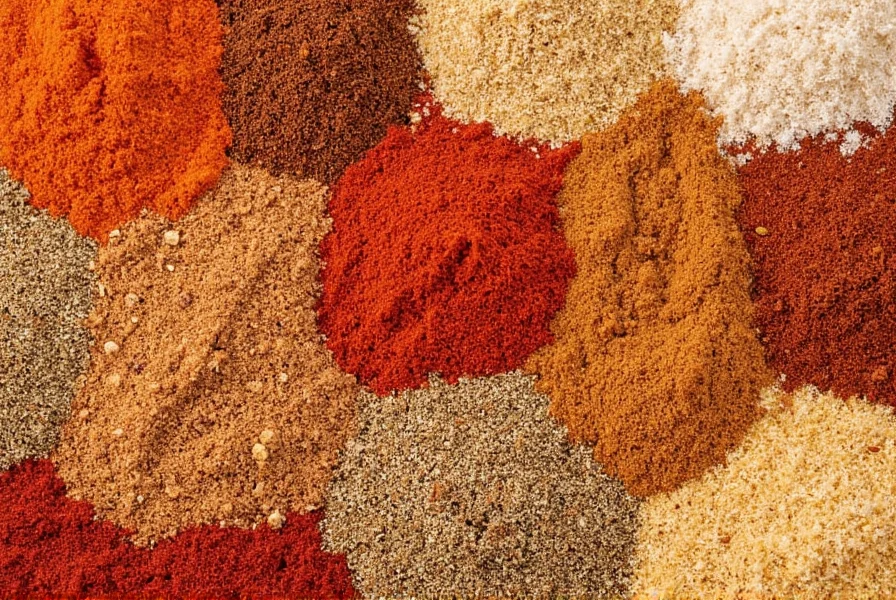
The name comes from its flavor profile, which mimics a mix of cinnamon, nutmeg, and cloves. In fact, during the 17th century, it was so popular in Europe that it earned the nickname "Jamaica pepper" because much of the supply came from there.
Is All-Spice the Same as Mixed Spices?
Nope! While some products might be labeled as "mixed spice," which can include all-spice as one component among others, pure all-spice refers exclusively to the ground or whole dried berries of the Pimenta dioica tree.
Flavor Profile & Culinary Uses
All-spice has a warm, sweet, and slightly peppery flavor. Its aroma is both earthy and floral, making it incredibly versatile in both sweet and savory dishes.
Common Dishes Featuring All-Spice
- Apple Pie: Add 1/4-1/2 teaspoon to your pie filling for warm depth
- Jerk Chicken: Essential in Jamaican jerk seasoning blends (typically 1-2 teaspoons per pound of chicken)
- Mole Sauce: A key component in traditional Mexican mole recipes
- Spiced Meats: Perfect for rubs on pork chops, ribs, or beef roasts
- Chai Tea: Add 1-2 whole berries to your tea for complex flavor
- Mulled Wine: Add 3-4 whole berries to your pot for festive holiday drinks
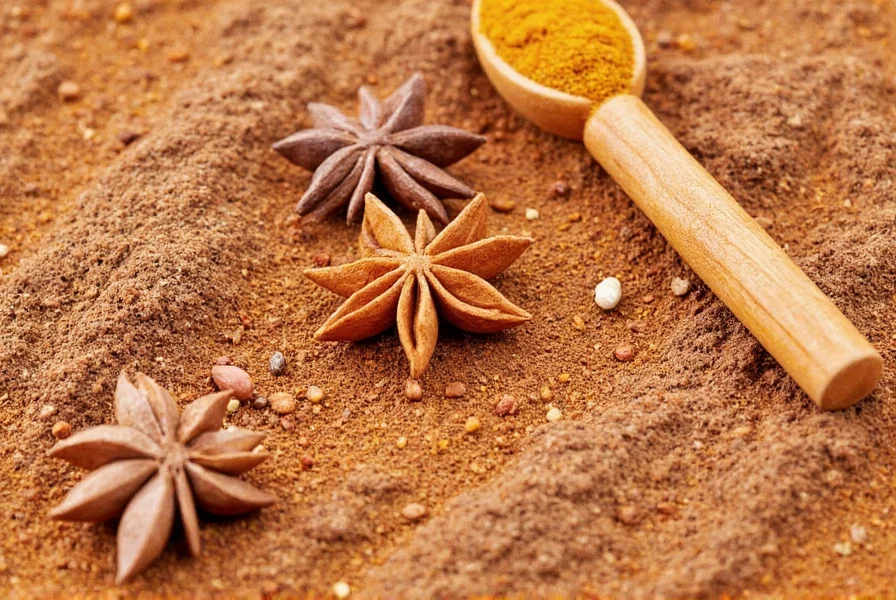
All-Spice vs. Other Common Spices
| Spice | Flavor Similarity | Best For | Substitution Ratio |
|---|---|---|---|
| Cinnamon | Moderate | Sweet baked goods | 1:1 but less intense |
| Nutmeg | Moderate | Custards and desserts | Use sparingly; stronger than all-spice |
| Cloves | High | Spiced beverages and meat rubs | Use half amount |
| Garam Masala | Low-Moderate | Indian dishes and stews | Use cautiously |
| All-Spice (Original) | Perfect match | Any recipe calling for it | 1:1 |
Buying Guide: Choosing the Best All-Spice
Not all all-spice is created equal. Whether you're buying whole berries or ground powder, here's what to look for:
Whole Berries vs. Ground Powder
- Whole Berries: Last longer and retain flavor better. Ideal if you have a grinder or mortar and pestle. Look for plump, dark brown berries with a strong aroma.
- Ground Powder: More convenient, especially for everyday cooking. Just make sure it's fresh and properly sealed. Check for clumping which indicates moisture exposure.
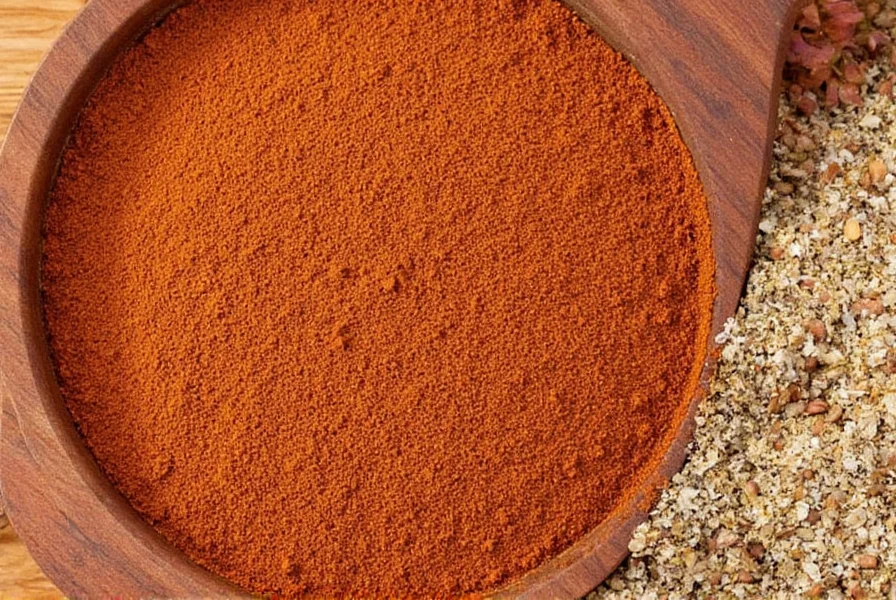
Top Brands to Consider
- McCormick: Reliable quality, great for beginners. Widely available in supermarkets.
- Fresh Origins: Organic and sustainably sourced options. Great for health-conscious cooks.
- Simply Organic: USDA certified organic, ideal for those avoiding pesticides.
- Spice Islands: Known for strong flavor profiles and consistent grind. Excellent for professional chefs.
- Penzeys Spices: Premium quality with a wide variety of spice options. Best for serious home cooks.
Key Features to Look For
- Darker color = fresher spice (light brown or faded means it's old)
- Aroma should be strong and warm when opened (if it smells weak, it's past its prime)
- Avoid containers with added anti-caking agents (these can affect flavor)
- Check expiration date—ground all-spice lasts about 3 years; whole berries up to 4-5 years
- Look for opaque containers that protect from light exposure
5 Practical Cooking Tips with All-Spice
- Enhance Sweet Bakes: Add 1/4 teaspoon of all-spice to pumpkin pies, gingerbread, or spiced muffins for extra warmth. Perfect for holiday baking!
- Rub for Roasted Meats: Combine 1 teaspoon all-spice with 1 teaspoon garlic powder, 1 teaspoon thyme, and 1/2 teaspoon black pepper for an aromatic dry rub on pork or chicken.
- Infuse Beverages: Use 3-4 whole berries in homemade mulled wine or cider. Simmer for 15-20 minutes to release maximum flavor.
- Add Depth to Soups: A pinch (1/8 teaspoon) goes a long way in tomato-based soups or lentil stews. Add early in cooking for best results.
- Marinades: Mix 1 teaspoon all-spice with olive oil, lemon juice, and garlic for a smoky-sweet twist on grilled veggies or tofu.
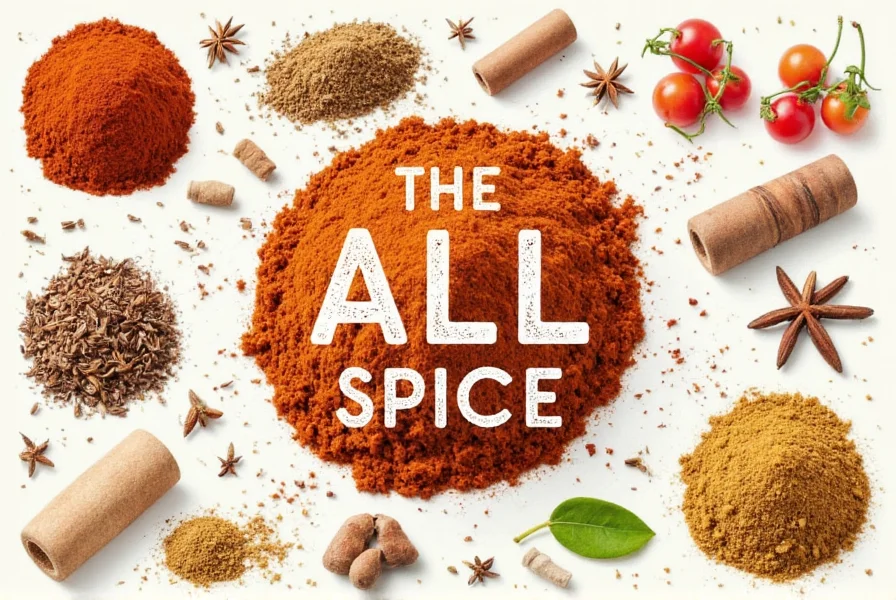
Health Benefits of All-Spice
Beyond flavor, all-spice offers several potential health benefits thanks to compounds like eugenol and cineole:
- Anti-inflammatory properties: May help reduce joint pain and inflammation when consumed regularly in culinary amounts.
- Antimicrobial effects: Can aid digestion and fight bacteria in the gut.
- Rich in antioxidants: Helps combat oxidative stress and may support overall health.
- May help regulate blood sugar levels: Some research suggests potential benefits for diabetes management.
Cautionary Note
In large medicinal doses, all-spice essential oil can be toxic. Stick to culinary use unless advised by a healthcare professional. People with bleeding disorders should be cautious as it may slow blood clotting.
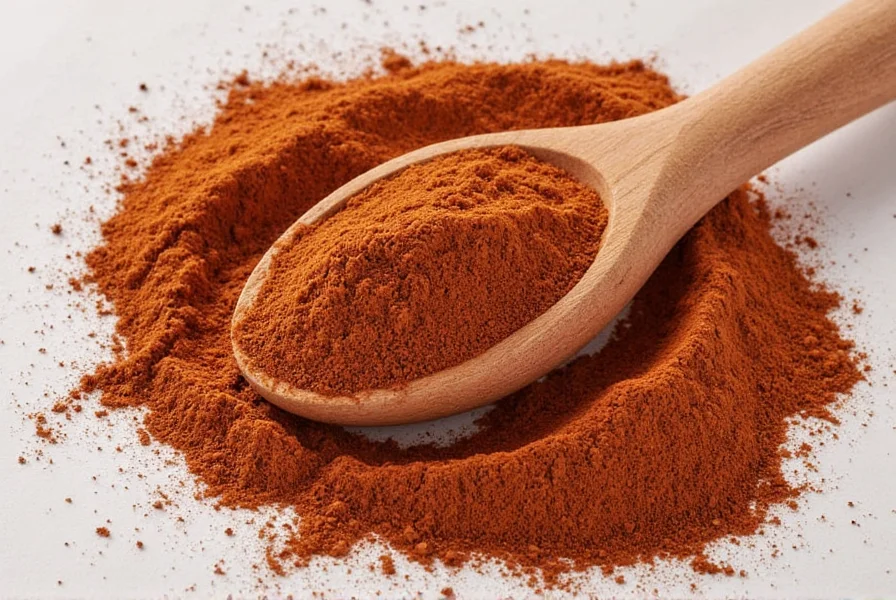
How to Store All-Spice for Maximum Flavor
Proper storage ensures your all-spice stays potent and flavorful:
- Store in a cool, dark pantry away from sunlight and heat (not above the stove)
- Use airtight glass containers—avoid plastic bags where possible
- Label the purchase date and aim to replace every 3-5 years depending on form
- Keep away from moisture to prevent clumping or mold
- Whole berries last longer than ground powder—consider buying whole and grinding as needed
Frequently Asked Questions About All-Spice
Is all-spice actually a blend of multiple spices?
No, despite its confusing name, all-spice is a single spice made from the dried berries of the Pimenta dioica plant. Its name comes from its flavor profile, which resembles a combination of cinnamon, nutmeg, and cloves, but it's not a blend.
What does all-spice taste like?
All-spice has a warm, sweet flavor with notes of cinnamon, nutmeg, and cloves, plus a subtle peppery bite. It's complex and aromatic, with earthy and floral undertones that work well in both sweet and savory dishes.
Can I substitute all-spice with other spices?
Yes, but the substitution isn't perfect. A mixture of 1/2 tsp cinnamon, 1/4 tsp nutmeg, and 1/4 tsp cloves can approximate 1 tsp of all-spice. However, many dishes specifically call for all-spice because of its unique flavor profile that can't be perfectly replicated by individual spices.
Is all-spice the same as Jamaican pepper?
Yes, all-spice is also known as Jamaican pepper or pimento. It's called Jamaican pepper because Jamaica was historically one of the largest exporters of this spice, though it's native to several Central American and Caribbean regions.
How can I tell if my all-spice is still fresh?
Fresh all-spice should have a strong, warm aroma when opened. If it smells weak or musty, it's likely past its prime. Whole berries stay fresh longer (4-5 years) than ground powder (2-3 years). The color should be rich brown, not faded.
Can I use all-spice in both sweet and savory dishes?
Absolutely! All-spice is incredibly versatile. It's commonly used in sweet applications like apple pie and pumpkin bread, but also essential in savory dishes like jerk chicken, mole sauce, and Caribbean stews. Its balanced flavor profile works across many culinary traditions.
Are there any health concerns with consuming all-spice?
When used in normal culinary amounts, all-spice is safe for most people. However, in large medicinal doses (particularly the essential oil), it can cause adverse effects. People with bleeding disorders should be cautious as it may slow blood clotting. Always consult a healthcare provider before using all-spice medicinally.
What's the difference between whole all-spice berries and ground all-spice?
Whole berries retain their flavor longer (up to 5 years) and are ideal if you have a spice grinder. Ground all-spice is more convenient but loses potency faster (about 2-3 years). For the freshest flavor, grind whole berries as needed using a dedicated spice grinder or mortar and pestle.
Final Thoughts
All-spice is far more than just a seasonal staple—it's a year-round powerhouse that can elevate everything from marinades to desserts. With its complex flavor, rich history, and surprising versatility, it's no wonder chefs and home cooks alike reach for it again and again.
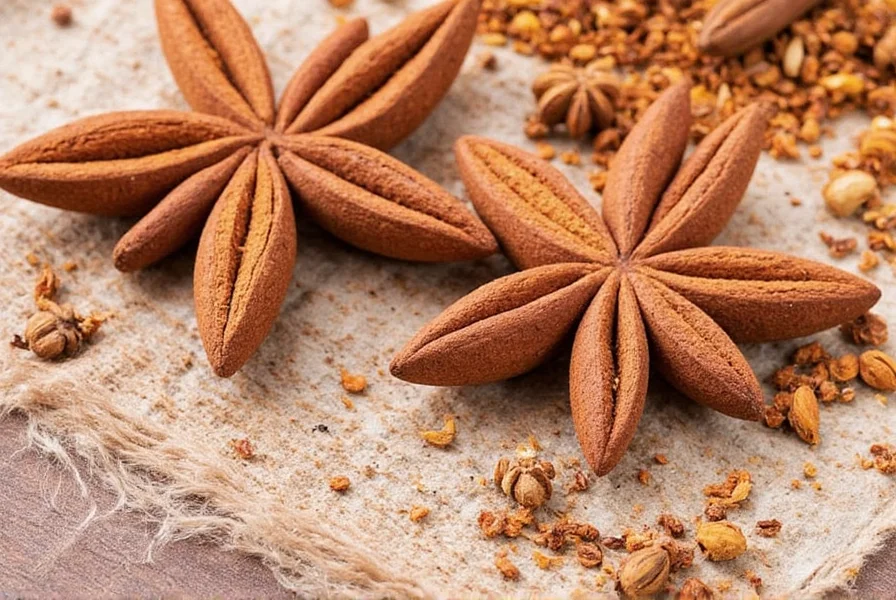
So next time you see a recipe calling for all-spice, don't substitute it out of habit. Try it as is—you might just discover your new favorite ingredient!

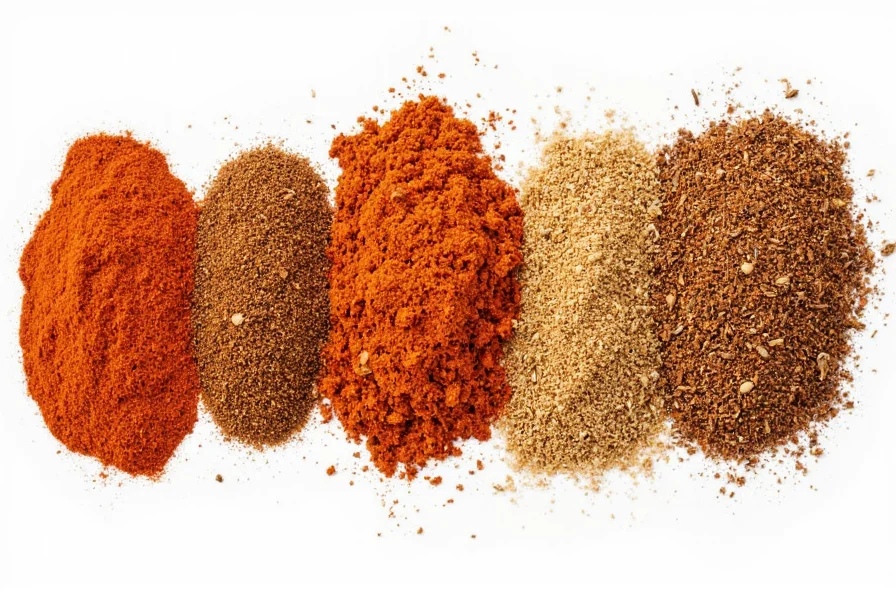









 浙公网安备
33010002000092号
浙公网安备
33010002000092号 浙B2-20120091-4
浙B2-20120091-4